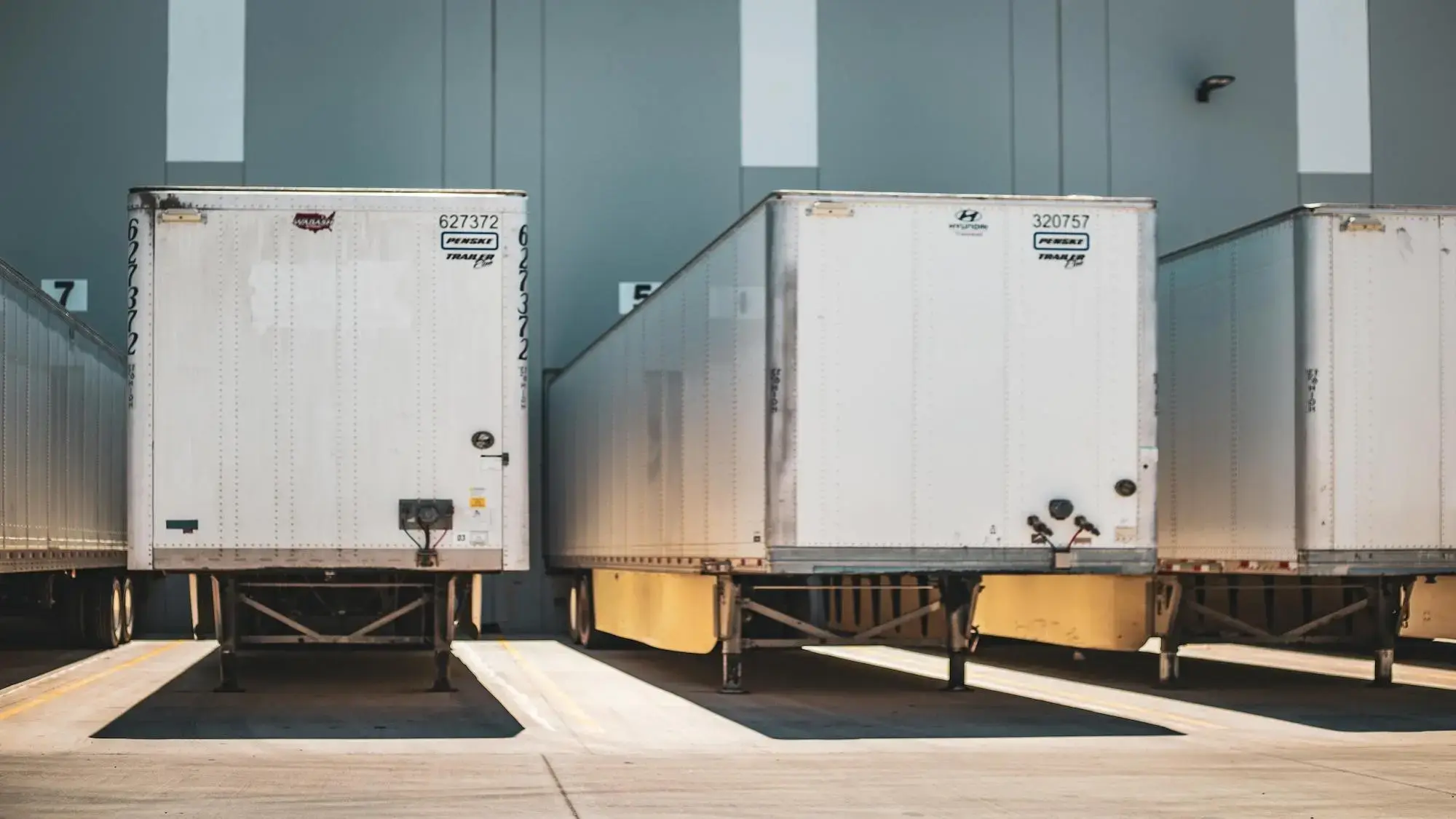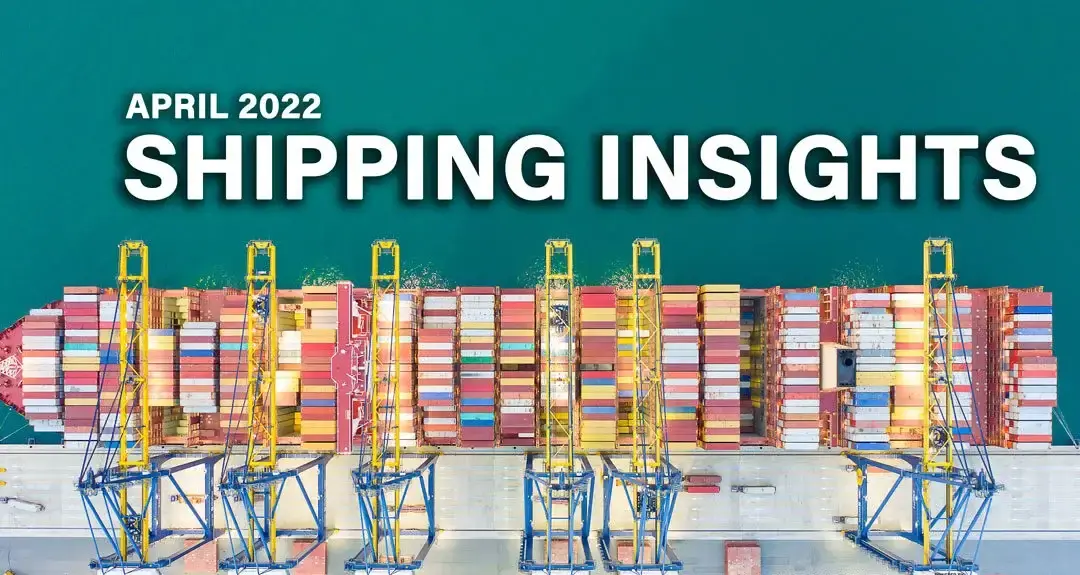
For manufacturers, the smooth flow of materials isn't just about what goes out the door; it's crucially about what comes in. Have you ever considered how much your inbound freight processes truly cost your operation? The reality is, inefficient inbound freight management can silently chip away at your profits, impacting everything from production schedules to inventory holding costs.
The good news? There's a powerful solution at your fingertips: digitizing inbound logistics. By embracing a modern approach, manufacturers can transform a complex, cost-heavy operation into a streamlined, efficient, and significantly more affordable process. At the heart of this transformation lies a robust Transportation Management System (TMS).
The Hidden Costs of Traditional Inbound Freight Management
Think about your current inbound processes. Are you still relying on a patchwork of phone calls, emails, and spreadsheets to track incoming raw materials and components? If so, you're likely familiar with the inefficiencies that come with it. Manual processes are breeding grounds for errors, consuming valuable staff time that could be better spent elsewhere. Tracking shipments becomes a guessing game without real-time visibility, leading to delays and missed deadlines.
These inefficiencies ripple through your entire operation, creating significant inventory management headaches. Unexpected delays in critical shipments can lead to costly stockouts, halting the production line, and pushing back customer orders. Conversely, an inability to accurately predict arrivals can result in excess inventory, tying up valuable capital and incurring higher storage costs. It's a delicate balance and incredibly difficult to maintain without the right tools.
Beyond operational snags, traditional methods lead to substantial missed opportunities for cost savings. Without comprehensive data, consolidating shipments, optimizing routes, or negotiating the best rates with carriers is challenging. You might even be racking up avoidable demurrage and detention charges simply because your receiving docks aren't prepared for unexpected arrivals or delays. For Midwestern manufacturers, logistics can be particularly challenging, given the vast distances and diverse supply chains often involved. These complexities amplify the need for precision and control over every incoming shipment.
Unlocking Efficiency: How a TMS Transforms Inbound Freight
So, how exactly does a TMS tackle these challenges head-on? A transportation management system is essentially a centralized platform designed to manage and optimize the entire transportation lifecycle. For inbound freight, its impact is transformative.
Control And Visibility
First and foremost, a TMS provides unparalleled centralized control and visibility. Imagine having real-time tracking and monitoring for every single incoming shipment, from when an order is placed to its arrival at your facility. This means fewer frantic calls, less guesswork, and more proactive decision-making. If a critical component is delayed, the system can send automated notifications and alerts, allowing you to adjust production schedules before problems escalate. For example, a manufacturer can instantly know if a vital part shipment is running late, enabling them to communicate with their production team and adjust schedules proactively, avoiding costly downtime.
Streamlined Management
A TMS also dramatically streamlines vendor and carrier management. It provides a unified platform for communication and performance tracking with your suppliers and logistics partners, truly digitizing inbound logistics. The system helps you identify the best carriers based on a wealth of data, including cost, service history, and on-time performance. With automated tendering and rate negotiation capabilities, a TMS ensures you always get competitive pricing, driving down your inbound shipping costs.
Optimized Routing
Furthermore, a powerful TMS excels at optimized routing and load consolidation. It analyzes incoming freight data to identify opportunities to combine smaller, less-than-truckload (LTL) shipments into more cost-effective full truckloads (FTL). It can also optimize routes to minimize mileage and transit times, directly impacting your bottom line. Did you know that freight costs can represent anywhere from 5% to 10% or even more of a product's overall cost? This highlights the immense potential for savings when you gain precise control over these variables.
Tangible Cost Savings Through Digitization
The benefits of a TMS extend directly to your finances, translating into significant, tangible cost savings.
One of the most immediate impacts is reduced administrative overhead. By automating tasks like tracking, data entry, and communication, your team spends less time on manual processes and more time on strategic initiatives. This not only improves efficiency but also reduces the likelihood of costly errors and rework.
Your freight expenditures will see a notable decrease as well. You'll secure more favorable rates through optimized carrier selection, better rate negotiation, and the ability to consolidate shipments. Improved planning and real-time visibility also mean fewer expedited shipments, which are notoriously expensive. Plus, with better coordination at your docks, you'll see a significant reduction in demurrage and detention charges. Studies by Gartner have shown that companies leveraging a robust TMS can achieve a 5-15% reduction in their overall freight spend, a substantial saving that directly impacts their profitability.
Finally, a TMS leads to significantly improved inventory management. You can optimize inventory levels by having more accurate arrival estimates and better control over inbound flows, reducing carrying costs. Fewer stockouts translate to less lost production time and fewer rush orders, further protecting your budget. Ultimately, better inventory control means improved cash flow by preventing capital from being tied up in excessive inventory.
Implementing a TMS for Manufacturers: Key Considerations
Adopting a new TMS might seem daunting, but a strategic approach can make the transition smooth and highly beneficial. For example:
- Consider a phased implementation to integrate the system seamlessly into your existing operations.
- Ensure the TMS can integrate effectively with your existing ERP or WMS systems to create a truly unified data flow.
- Remember that user adoption is key. Providing adequate training and fostering buy-in from your team will ensure you maximize the system's potential.
The Future of Inbound Freight is Digital
For manufacturers, effective inbound freight management is no longer a back-office function; it's a strategic imperative. By digitizing inbound logistics with a powerful TMS, you're not just gaining visibility; you're unlocking substantial cost savings, improving operational efficiency, and building a more resilient supply chain. Investing in such a system isn't merely an option; it's necessary to maintain a competitive edge in today's dynamic market.
If you’re a Midwestern manufacturer looking to reduce inbound shipping costs and optimize your logistics, exploring a comprehensive transportation management system could be your next strategic move. Customodal is here to help transform your Inbound freight machine into a digital powerhouse.
Reach out today for a quote and start making your logistics simpler.





